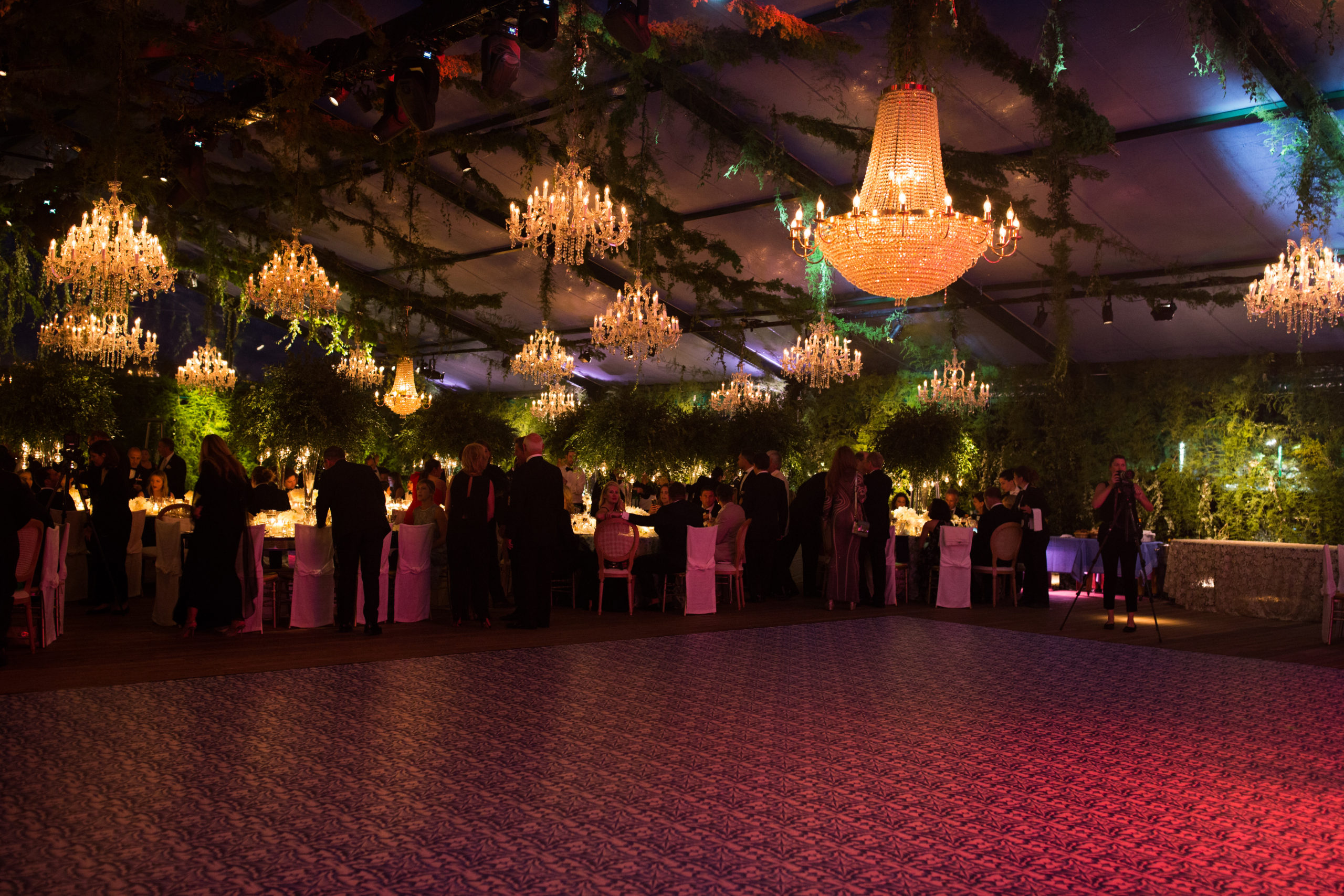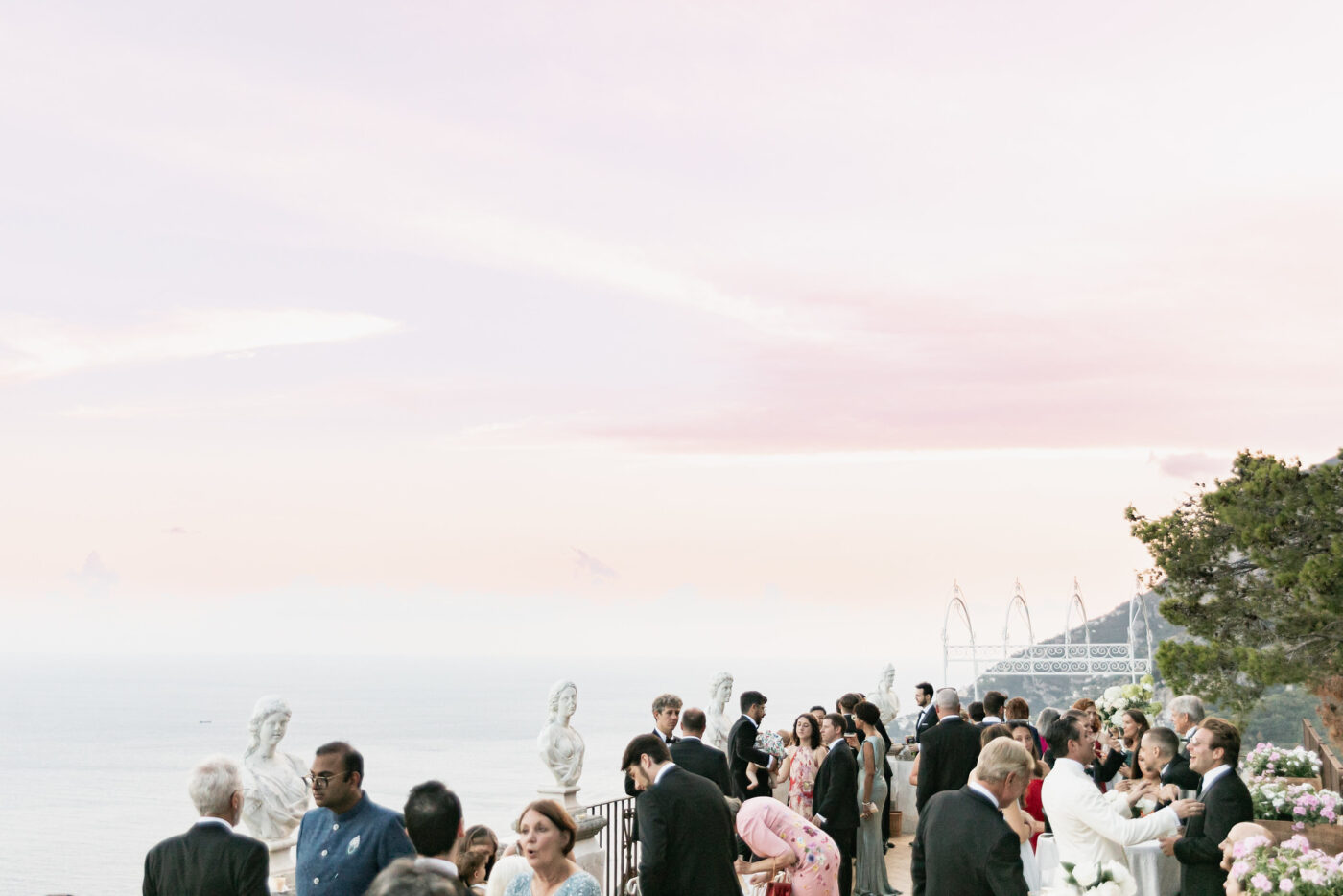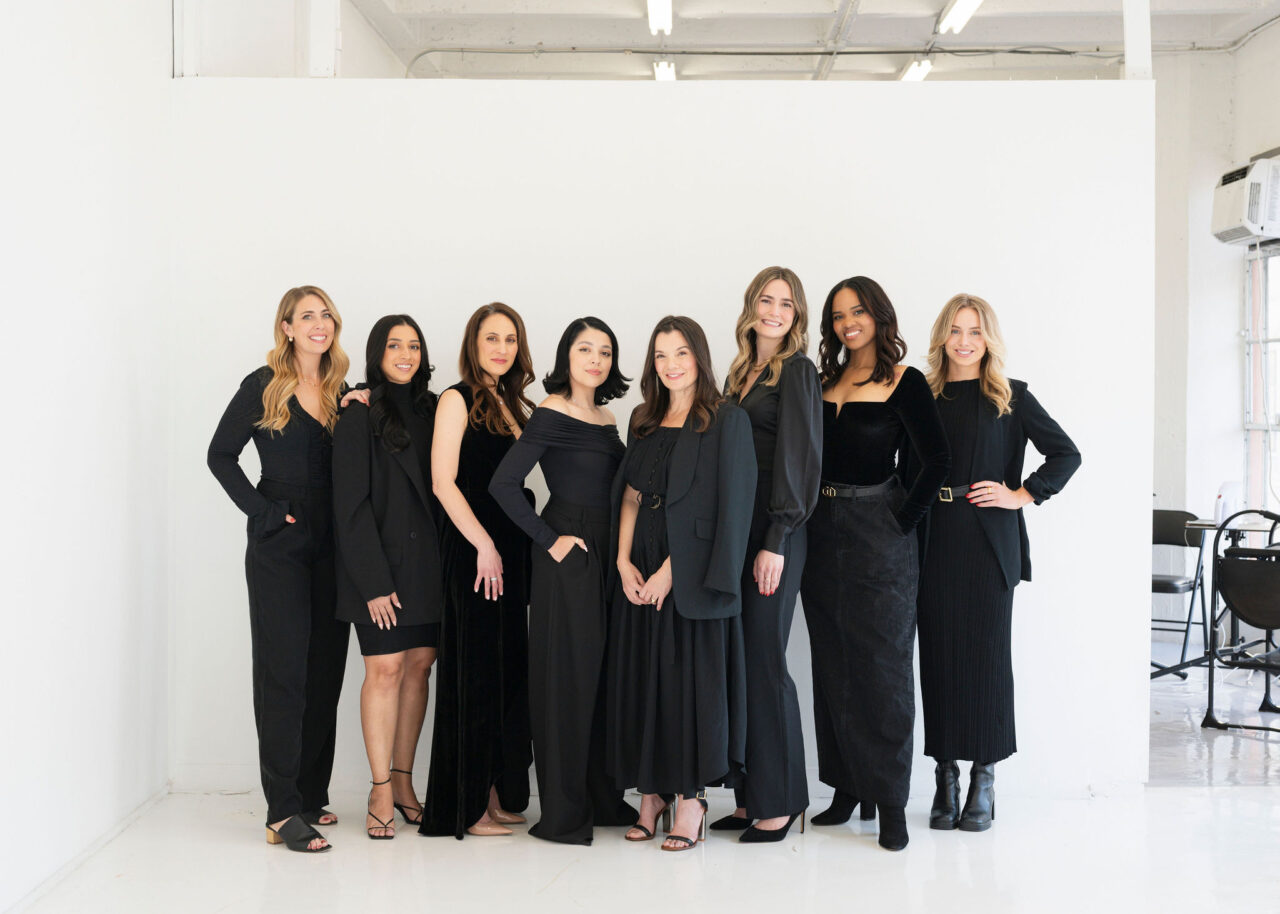Finding a venue for your wedding or any celebration can be challenging. If you’re like most, you’re looking for the most beautiful option, a place with a late curfew or even a spot that “feels right”. And more commonly, you’re looking for all of those things plus a few more. You obviously need tolookat things like capacity, price point, curfew and of course, do you like the space. But beyond that you want to ensure either you or your planner are reviewing the following elements as well:
HOW WILL GUESTS ARRIVE
Is there parking at the venue or should you plan to shuttle guests in? If shuttling, what is the best hotel option or other pickup location if a hotel doesn’t make sense for the group? Do you have shuttle or valet service allocated in your budget?
WHAT IS THE MOST LIKELY PATH GUESTS WILL TAKE
While it’s rare to know the exact flow of the event upon first visit, you or your planner will want to assess the most likely path the guests will be taking. There’s a few reasons to keep this in mind. Logistically, you’ll need to assess if there is enough existing lighting on the paths the guests will take to the reception, to the restrooms to valet or shuttles or really any area they may walk once the sun sets. Aesthetically, you should look at this pathway for any eye sores or moments worth celebrating. If guests are entering through a beautiful door as they arrive at the venue, you may want to consider adding a design moment to make the entry more special. On the other hand, if the neighboring property is doing construction, you will already want to start thinking about ways to distract from the situation.
WHAT IS THE INFRASTRUCTURE LIKE, IF ANY?
If you’re scouting a private estate or open field, the first thing to look for is if there is any infrastructure nearby. ie, is there existing power, running water, restrooms or even a space for the caterer to cook their meal. Most venues have some of these elements but not all and many venues have none of them. Bringing in elements like these and others can make a large financial impact so it’s important to understand the costs before committing.
WHAT DOES THE ONSITE SUPPORT LOOK LIKE?
Is there a property manager? A banquet team? A crew to move existing furniture and so on? While you can easily adjust for the lack in any of these areas, knowing what support you have vs. what you need to bring in is important logistically and can also make an impact financially.
WHAT’S THE TERRAIN?
What’s the ground like? Will your guests need to walk for more than a minute or two on soft grass or gravel? Is there a chance someone would ruin their shoes during this time or be uncomfortable with the walk? Keeping these things in mind, helps you prepare for the options to combat these potential issues. For instance, if the walk is long, but beautiful, you may want to consider golf carts or a similar option to get guests to and from each location. Or, if it’s a really rough path, you may want to consider flooring a walkway accordingly. Or, more simply, you may just opt to assess and communicate with the guests what they can expect via the invitation or wedding website. A simple “We’ve selected a beautiful outdoor venue and will be celebrating on grass. Please keep this in mind when selecting your attire for the evening.” goes a long way in setting guest expectations.
WHERE WILL THE FOOD BE PREPARED?
As mentioned, many venues don’t have the proper kitchen option for catering. Even at some hotels the wedding location can be far from the existing banquet kitchen and may require bringing in a kitchen for the caterer. Knowing where things like cocktail hour and dinner will be and understanding the nearest facilities, can help you understand if you need extra staffing, rental equipment and so on to ensure the food is delivered to guests hot and in a timely manner.
HOW MUCH WORK DOES THE VENUE NEED AESTHETICALLY?
Aesthetics are usually the first thing assessed and while you can usually have a beautiful wedding anywhere, the truth is, somevenuesrequire more transformation and production than others. As you visualize what the venue could be, also prepare for the financial cost and team required to make the venue a suitable space for your aesthetic vision.
WHAT ELEMENTS CAN WE EXPECT?
Is there existing shade? Is the venue based in an area that is known to have surprise winds or thunderstorms on occasion? What elements can you anticipate? What is the backup plan? What other details do you need to keep in mind to ensure guests are comfortable in the elements they’re likely to experience?
Ultimately, we always recommend having a wedding planner scout wedding venues with you before you book the space. It can be invaluable when it comes to avoiding both logistical and financial surprises at a later date. But if you keep the above in mind, you’ll find a venue that not only meets your vision but one that ensures the planning process and day off is all that more successful.





